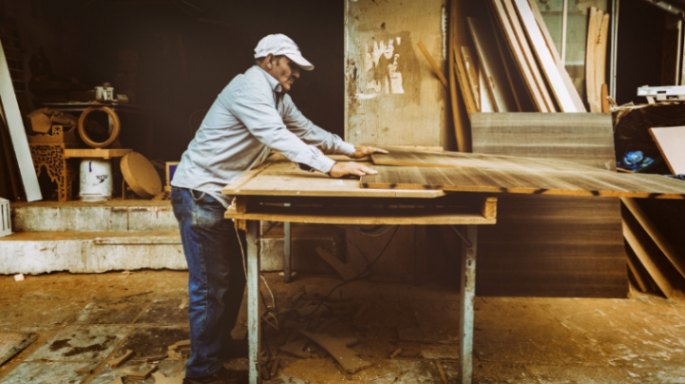If you’re in the market for a table or saw, you’re likely overwhelmed by the range of options available. Table saws can be a significant investment, so it’s essential to do your research before making a purchase. In this article, we’ll discuss everything you need to know on how to choose a table saw for your needs.
Types of Table Saws
Three types of table saws exist benchtop, contractor, and cabinet. Here’s a breakdown of each:
Benchtop Table Saws
Benchtop table saws are the most portable and affordable option. They’re designed to be placed on top of a workbench or table and are suitable for light-duty tasks.
Contractor Table Saws
Contractor table saws are more robust than benchtop saws and are designed for on-site use. They’re more extensive and powerful and have a larger cutting capacity than benchtop saws.
Cabinet Table Saws
Cabinet table saws are the largest and most potent option. They’re designed for professional woodworkers who need to make precise and intricate cuts. Cabinet saws are also the most expensive.
Building Your Workshop: Expert Tips for Choosing a Table Saw
When choosing a table saw, there are several key features to consider. Here are some of the most important:
Motor Power
The motor is the heart of the table saw, and its power will determine the saw’s cutting ability. Look for a saw with a motor that has at least 1.5 horsepower.
Blade Size
The blade size will determine the maximum depth of cut the saw can make. Look for a saw with a blade size of at least 10 inches.
Fence and Miter Gauge
The fence and miter gauge are essential for making precise cuts. Look for a saw with a fence that locks firmly and a miter gauge that is accurate and easy to adjust.
Dust Collection
Table saws generate a lot of dust, so choosing a saw with an effective dust collection system is essential. Look for a saw with a dust port that can be connected to a shop vac or dust collector.
Safety Features
Table saws can be dangerous, so choosing a saw with proper safety features is essential. Look for a saw with a blade guard, a riving knife, and an anti-kickback pawl.
Additional Considerations
Here are some additional factors to consider when choosing a table saw:
Price
Table saws can range in price from a few hundred dollars to several thousand. Decide on a budget before starting your search.
Space
Consider the space you have available for a table saw. Cabinet saws are the largest, while benchtop saws are the smallest.
Mobility
If you need to move your saw around frequently, look for a saw with wheels or lightweight.
Accessories
Consider the accessories that come with the saw, such as blades and inserts. Some saws may also include a stand or a mobile base.
FAQs
- What size table saw do I need?
The size of the table saw will depend on the type of work you plan to do. A 10-inch blade size is suitable for most applications.
- Can I use a table saw without a fence?
A fence is essential for making accurate cuts. Attempting to use a table saw with a fence is dangerous and can lead to accurate cuts.
- Can I use a table saw for cutting materials other than wood?
Some table saws are suitable for cutting materials such as metal or plastic. Choose a saw with the appropriate blade for the material you plan to cut.
- Should I buy a portable or stationary table saw?
This depends on your needs. If you have limited space or need to move the saw frequently, a portable saw may be the best option. However, a stationary saw may be a better choice for its power and stability if you have a dedicated workshop.
- What’s the difference between a left- and right-tilt table saw?
The tilt of the blade determines the direction of the cut. Left-tilt saws are generally safer because the blade tilts away from the operator. In comparison, right-tilt saws are better for bevel cuts.
- Can I use a Dado blade on a table saw?
Yes, but you’ll need to ensure the saw is compatible with a Dado blade and purchase the appropriate accessories.
- How do I maintain my table saw?
Regular maintenance is essential to keep your table saw in good condition. Keep the saw clean, lubricate moving parts, and regularly check for wear or damage. Follow the manufacturer’s instructions for maintenance and safety guidelines.
Conclusion
Choosing the right table saw can be overwhelming. However, you can make an informed decision by considering the key features and additional factors discussed in this article. Remember to choose a saw that fits your needs, budget, and available space.
